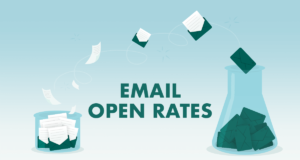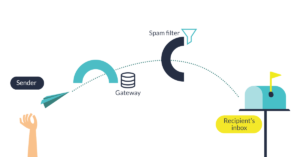
The Pet peeves are a regular part of life. We all have our own email pet peeves, like the overused sign-offs or the long-winded messages. But today we are going to tackle the email marketing mishaps that are far worse.
In many years of our experience with the email marketing, we have thoroughly had an inside look at the mistakes that have been overlooked when somebody presses send.
So if you are thinking of establishing an email marketing strategy that will work (and avoid some major embarrassment that you may meet along the way), here are we have listed mistakes that you will want to be sure to avoid:
Email Marketing Mistakes
Not having a strategy
The first and the worst: You are not having an email marketing strategy at all! This might manifest in different number of ways, but often times it looks like sending those inconsistent, sporadic emails without you knowing what you want to accomplish.
It might just be like one email here, another one there, with you having hopes that somehow it will move the needle for your business. But that is rarely the result.
The Email is still one of the most powerful tactics that you can make use of, regardless of your industry. So you having a high level strategy is very important. This will help build off your overall marketing strategy, but it only starts by being intentional about the emails that you want to send.
Put it in practice: You need to create an email calendar. You have to start with a list of the emails that you know are coming down the pipeline plus the ones that automatically send. By making a list, you can be able to get an overview of the experience that you are creating for your subscribers—then you can map it out on a calendar.

Not segmenting your list
Because it can be a big challenge to get any email out the door, another big mistake that so many companies are making is sending just one email to the entire list. While this might feel like a win situation for them in terms of efficiency, it is coming at a very huge cost to the success of your campaigns.
According to the Campaign Monitor, marketers have noted around 760% increase in their revenue from the segmented campaigns.
That is no small number!
In our opinion, it is better for you to send fewer emails targeted to those specific personas than for you to send a bunch of generic emails with a very low open rates and also an insignificant dent in your marketing goals.
One big advice for you, is to take the time to segment your lists up-front by your personas—you won’t regret it and you will be grateful you did!











